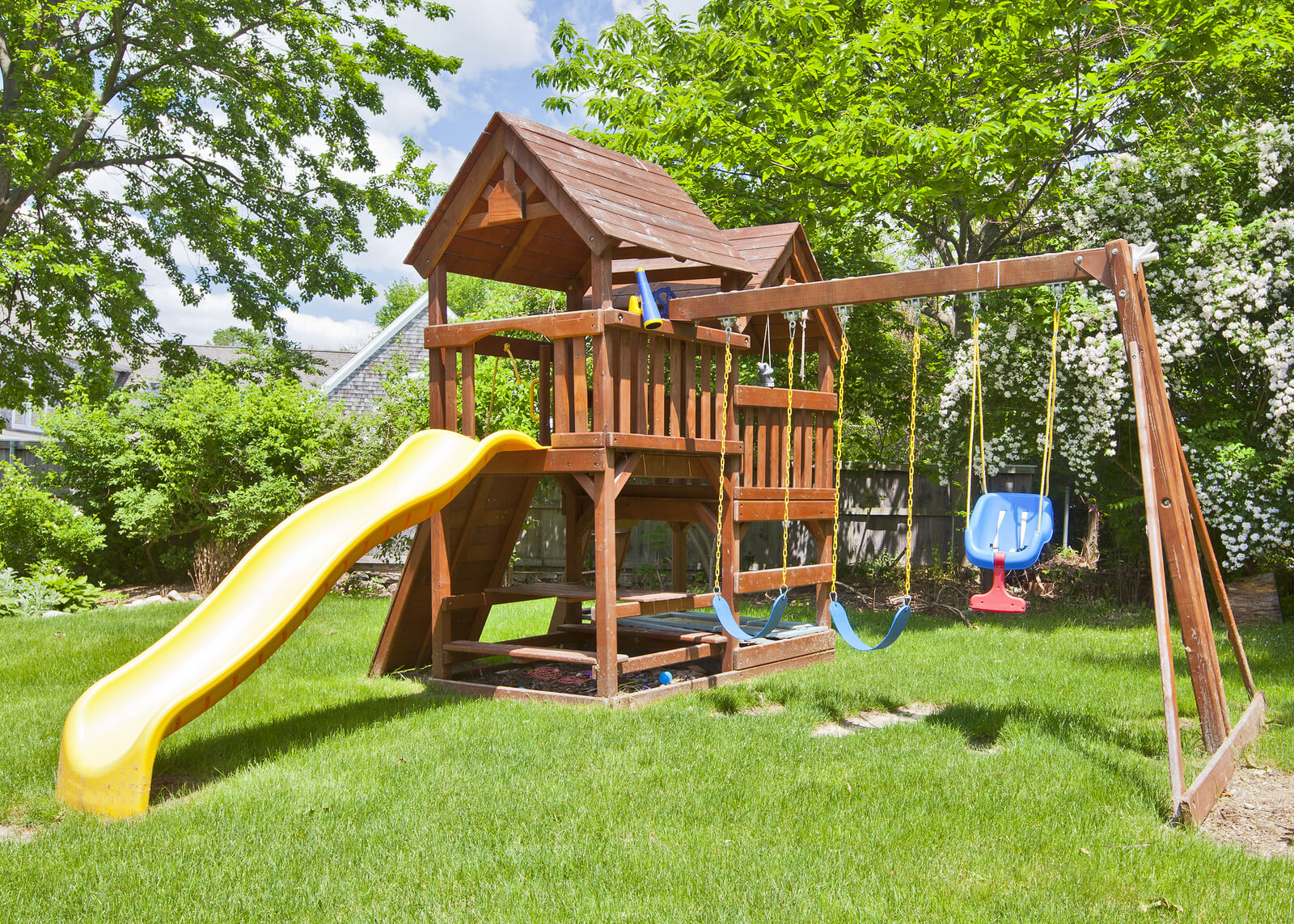Family Friendly Garden Tips from the Master – Alan Titchmarsh

The garden is a wonderful place for children to spend their summer holidays. It gives them the opportunity to run wild and explore, stimulating their unlimited imaginations. Whether it’s playing with the dog or searching for unfound treasures – they’ll amuse themselves for virtually every waking hour.
As amazing as the garden may be for a young family, children’s games can disrupt the garden, which won’t always be too pleasing for adults. In this article we’ll be looking at how children and adults can live harmoniously in the garden. With the aid of some valuable tips from master gardener Alan Titchmarsh, it’s possible to transform any garden into a wonderland for children without compromising the adults’ needs.
Alan recommends using the modular method. This means planning the garden as a series of “mix-and-match” areas. Approaching a garden’s design in this way will give you a lot of flexibility.
Generally one wants a space in the garden where the family can sit, relax and eat or entertain outdoors. A seating area close to the house with a barbecue is ideal for this purpose. To screen the area he suggests planting a low hedge such as culinary rosemary. Alternatively you could place large containers with herbs, rock plants and dwarf evergreen grasses. It’s a good idea to choose an area that catches a fair deal of sun for your entertainment area.
In order to minimise wear and tear on the rest of the garden and alleviate the adult’s stress levels, create a dedicated children’s play area. Creating a simple rectangular area with hardy rye-grass or wood chippings is ideal for sports and games. This is a perfect place to for play equipment or even a play house. This will be the perfect place for active children to indulge their imaginations whilst not disturbing the adults.
Create an informal hedge of tough shrubs around the boundary, this will prevent balls and dogs from making their way into neighbouring gardens. Flowering Currant, Forsythia and Philadelphus are perfect for this purpose. You should be sure to avoid using plants with thorns or those that have sharp, cutting leaves like bamboo. Tough climbers like honeysuckle or thornless blackberry could also be considered for use along fences.
It makes a lot of sense to place the children’s play area at the far end of the garden, this should help when they get rowdy. However for younger children and toddlers, who you’ll want to keep an eye on, it would make sense to place their play area near the back of the house.
For the children’s safety, gates that lock can be really beneficial. It’s also very important to make sure there are no poisonous or harmful plants growing in the garden.
The adult section of the garden would be the place to plant more delicate decorative flower beds or even erect a greenhouse. This would also the best place to plant a decorative vegetable garden. Separating the two areas with a soft hedge or trellis with decorative climbers will help stray balls from crashing into an adult party.
A great way to get the children interested in the garden is to give them a patch where they can begin learning to grow and care for their own plants.
The garden is the best place for the family during the summer months. With a little simple planning the whole family can take full advantage of outdoor areas. Giving children a space of their own means that other areas of the garden need not be disrupted.
